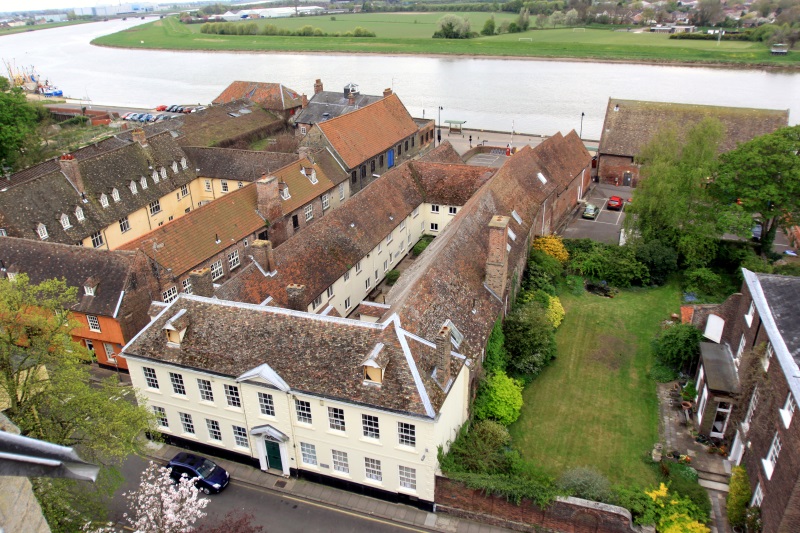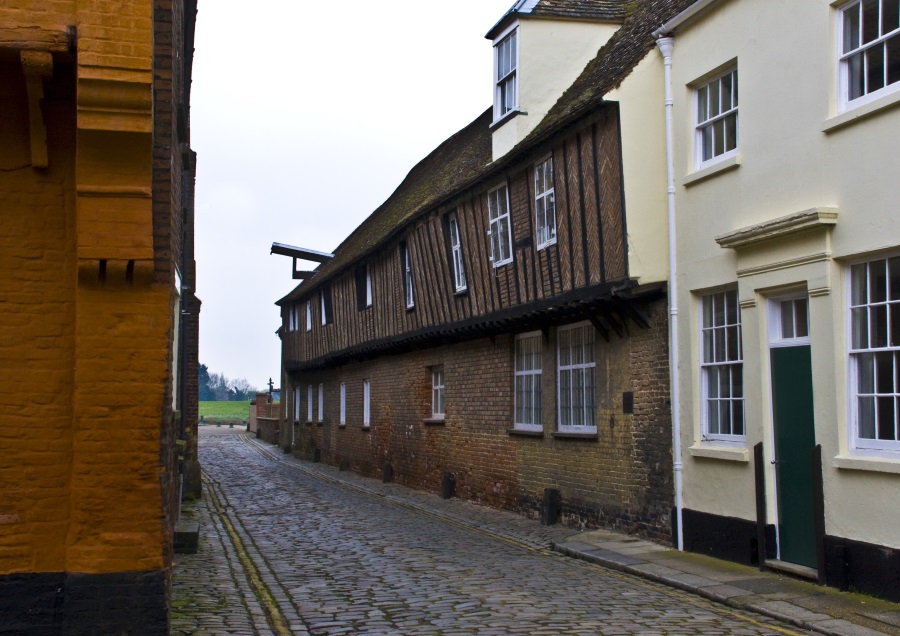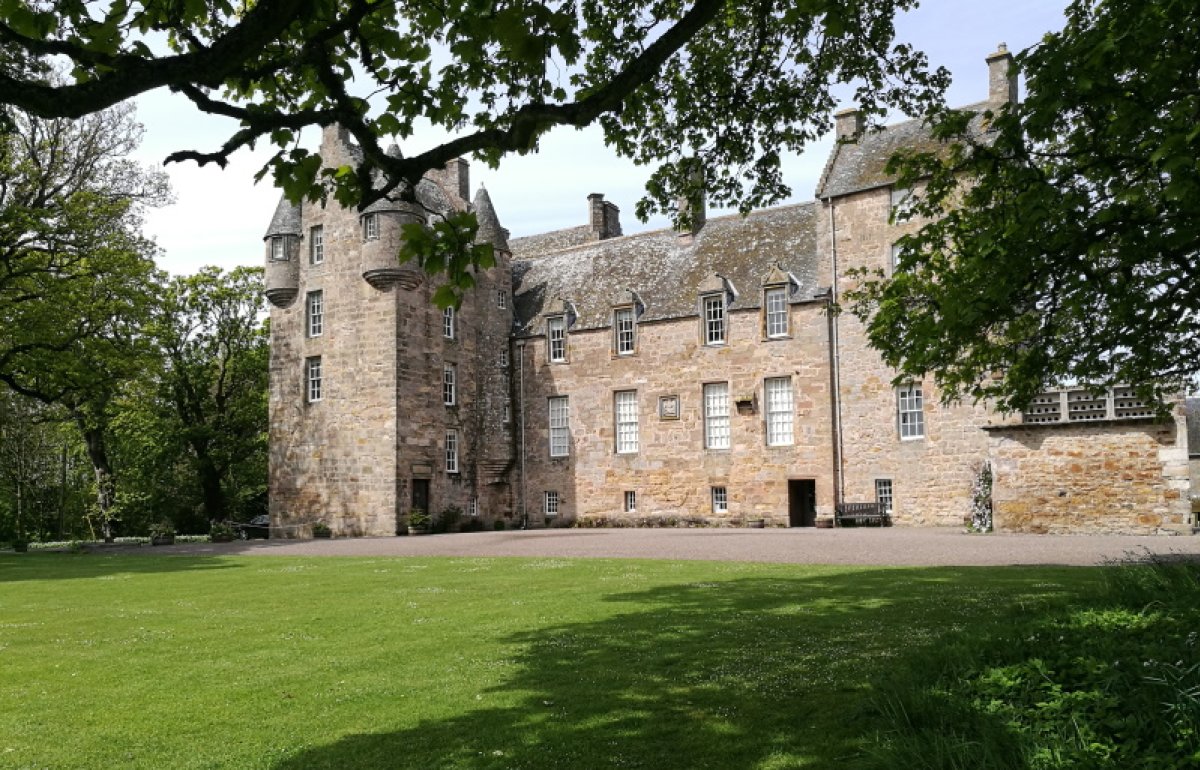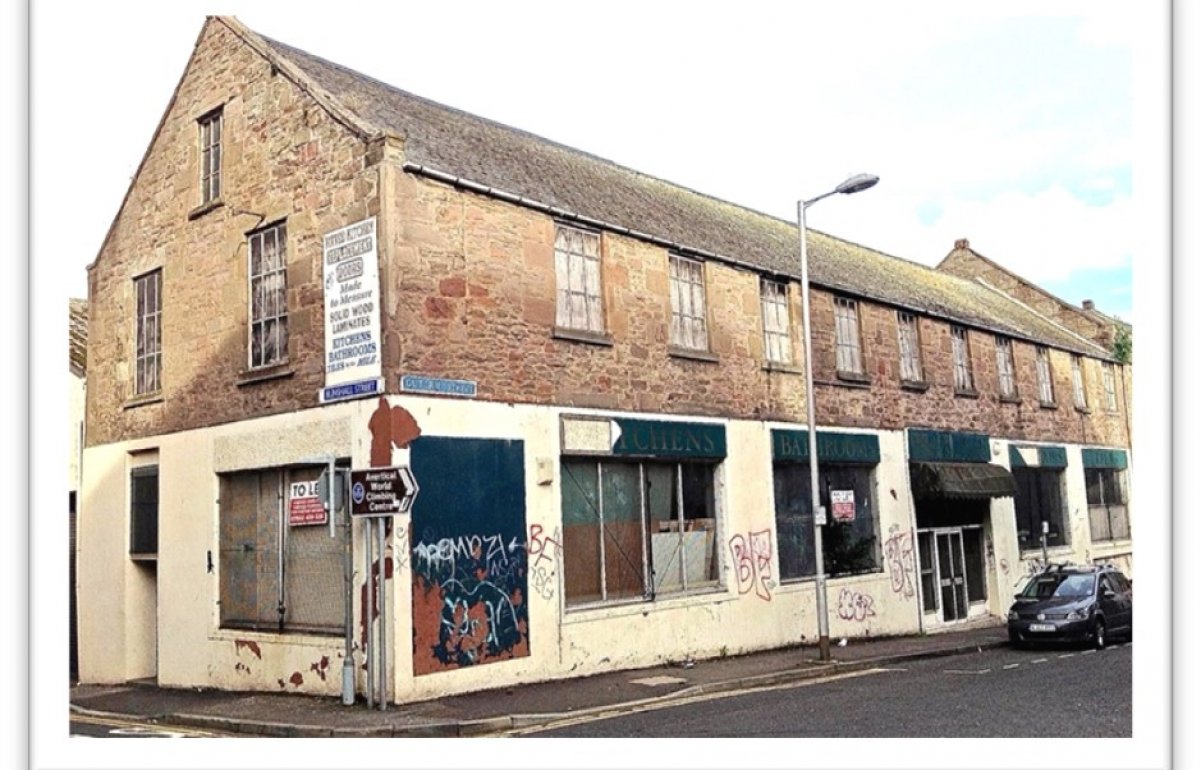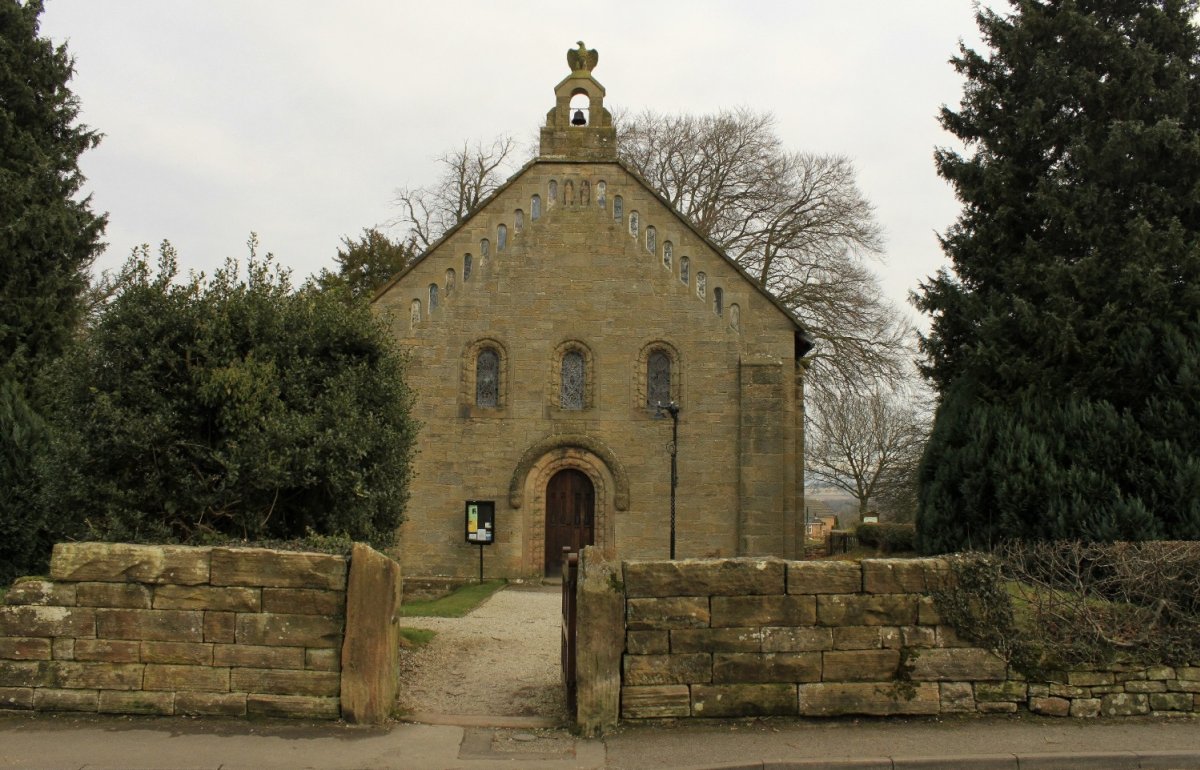Building in focus: Hanse House, King's Lynn
Share on:
Historian Dr Paul Richards introduces a survivor of the trading networks that thrived across medieval Europe
credit: Paul Richards
It may not be obvious now, but this building is the sole Kontor, or trading post, of the Hanseatic League to have survived in England. The building is a link to when King’s Lynn was amongst England’s premier seaports and it remained in the possession of ‘The Hans Towns’ of Lübeck, Hamburg and Bremen until 1751.
This quadrangular complex of buildings spanning the 15th to 18th centuries sits by banks of the Great Ouse. It was later known as St Margaret’s House, and offices of Norfolk County Council after 1945, but its origins are medieval.
The street range opposite St Margaret’s Church had almost certainly been timber framed and jettied with the entrance no doubt adorned with the double headed eagle of the Hanseatic League. It was rebuilt by Edward Everard in the form of the fine Georgian house seen today after the property was sold. Referred in documents before 1751 as ‘Allemayne Mansion’, or ‘Stileyard House’, the site was redeveloped with two warehouse ranges running down to the river shortly after 1475, when it was acquired by the Hanseatic towns.
Hanse House and St Margaret's Lane credit: SPAB
It therefore seems appropriate that it was renamed ‘Hanse House’ in 2009 during the summer Hanse Festival organised by the Borough Council of King’s Lynn and West Norfolk. Several English towns in the 12th and 13th centuries had a ‘hansahaus’ which was the headquarters of local merchants who travelled at home and abroad in groups or hanses for mutual protection.
Lübeck (capital of the Hanseatic League) appointed a governor of the Lynn Kontor and Lutkyn Smith acted as such by 1505 when over 40 German merchants were based here. He was a Hamburg merchant who had been trading with the Wash ports for over 30 years. Lutkyn had imported iron, wood, pitch and chests into Lynn in 1465 for example.
Hanseatic traders had abandoned the Lynn Kontor by 1561 and a succession of local families leased ‘Allemayne Mansion’ from the Germans. In 1732 the tenant was Edward Everard (1699-1769) before he purchased the property for £800 from the Mayors of Lübeck, Bremen and Hamburg in February 1951. It included warehouses, wharfs, shops, cellars, yards and gardens. Once this Lynn merchant and brewer had rebuilt the street range on St Margaret’s Place, it was probably called ‘Everard Mansion’, and a venue for the parties of Lynn’s upper crust. The two long warehouses behind it became granaries and the north range was extended by a maltings.
H.S. and J.L. Marriott were operating the granaries and maltings attached to the house in 1878. In the house itself a day and boarding school for girls was established about 1880, with Margaret and her German born husband, August Goebbels, the twin principals. By 1891 St Margaret’s House was occupied by the surgeon Henry Allinson and his wife, Lydia. It provided rooms or quarters for British army officers in the Great War (1914-18).
In the 1920s and 1930s this former Hanseatic Kontor belonged to the Floyd family of corn merchants who lived on the street overlooking St Margaret’s Priory Church. Today’s Georgian Room in the eastern section of the northern warehouse range was created in the 1790s. It was being used as a drawing room, abutting on the granary to the west. The dining room and a small study with a sitting room were on the ground floor of the street elevation.
Norfolk County Council purchased and restored St Margaret’s House in 1969 as its western area HQ and it was listed Grade I in 1972. The Hanse House was sold in 2011 and the new owner has removed many office partitions to open up the two warehouse ranges. A cellar bar and a bistro occupy part of the northern warehouse range and the Georgian maltings respectively. The Rathskeller (the bistro) has a direct link with the Hamburg Suite used for a variety of functions in what is the best-preserved section of the northern warehouse. Here the German merchants stored their wax, pepper, pitch, amber and furs. The upper storey of the short west wing of the complex overlooks both the river and courtyard and probably served as a dining hall circa 1500. Adjacent on the first floor of the southern warehouse range a Tea Room called Cobbles has recently opened. Two attractive apartments can be found on the first and attic floors of the Georgian street range with more offices on the ground floor.
The Hanse House is the prime venue for activities when the town celebrates its Hanseatic associations past and present. On 19th March 2019 the completion of restoration work undertaken by the owner was marked by a talk and reception with a plaque unveiled in the new riverside porch.
Dr Paul Richards's book King's Lynn and The German Hanse 1250 – 1550 is published by Poppyland Books.
Sign up for our email newsletter
Get involved

